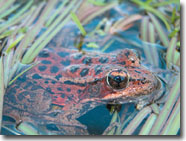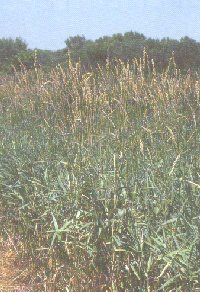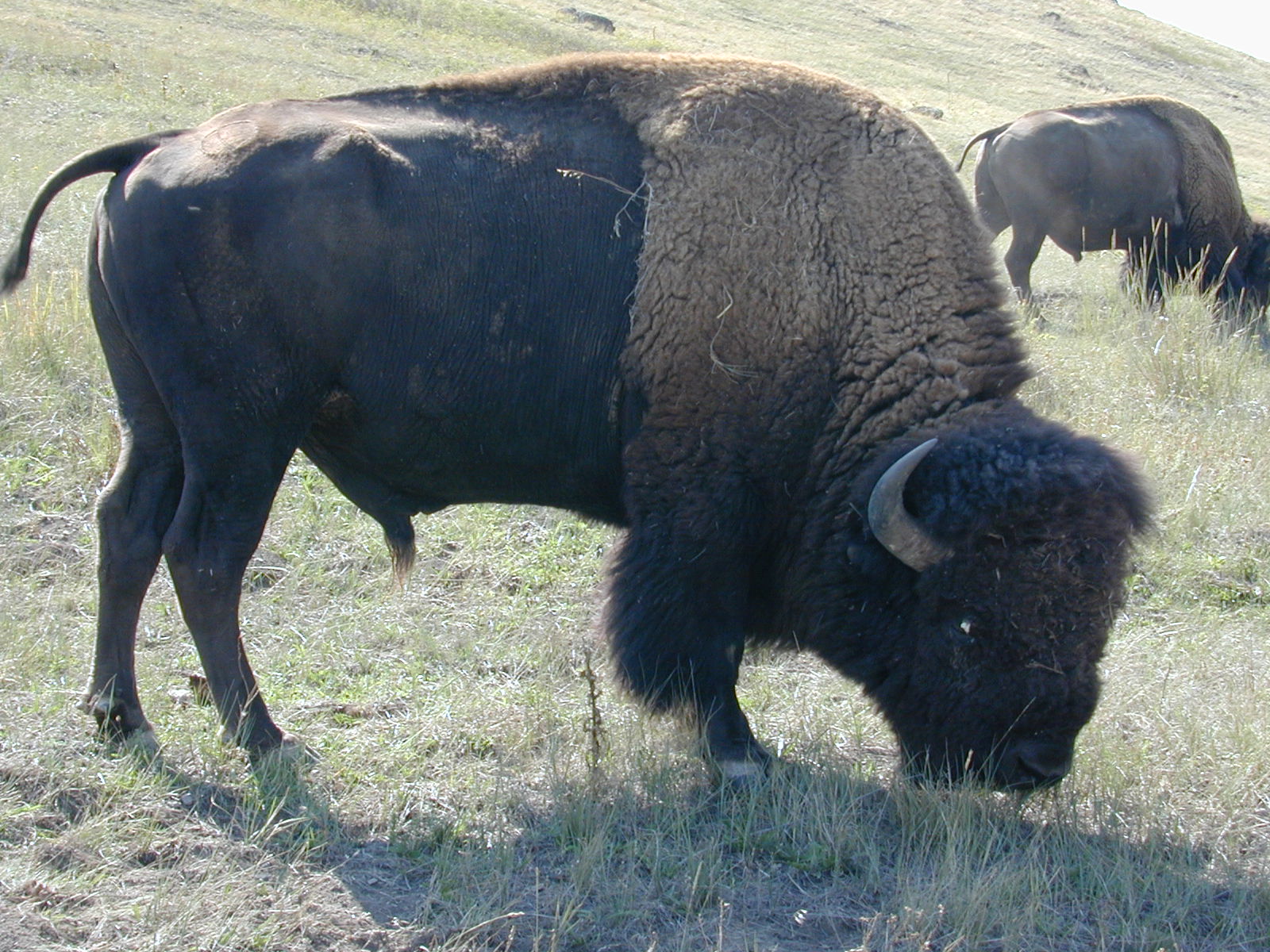- Home
- About S&T
- Taxa/Organisms
- Ecosystems
- Issues
- Methods & Tools
- Reports & Publications
- Location
- Search
Publisher: USGS | Science Center: Western Ecological Research Center (WERC, Sacramento) | Format: URL
www.werc.usgs.gov — Once an abundant frog throughout much of central and southern California, the California red-legged frog (Rana draytonii) is now rare in the Sierra Nevada foothills and the southern portion of its range. In parts of the central Coast Range, however, large, vigorous populations do remain. Most protection efforts for this threatened species have More...

Publisher: USGS | Science Center: Western Fisheries Research Center (WFRC, Seattle) | Format: URL
wfrc.usgs.gov — Scientists at the Columbia River Research Laboratory and the Upper Midwest Environmental Sciences Center are developing geographic information system, or GIS, based tools to assist managers with making decisions regarding the natural resources in and around the John Day Reservoir. The reservoir hosts many species of fish and wildlife, including More...

Publisher: USGS | Science Center: Upper Midwest Environmental Sciences Center (UMESC, LaCrosse) | Format: URL
www.umesc.usgs.gov — This resource is a species profile and issue overview of the reed canary grass (Phalaris arundinacea). It discusses its increasingly dominating behavior in wet meadows in the Upper Midwest. Reed canary grass is highly tolerant to flooding, resistant to burning, and quickly forms virtual monocultures by shading native grasses and forbs with its More...

Publisher: USGS | Science Center: Northern Rocky Mountain Science Center (NRMSC, Bozeman) | Format: URL
www.nrmsc.usgs.gov — A study overview related to the role of the National Bison Range in the long-term management of Federal bison herds. This research will provide the data necessary to assess the impacts of management actions implemented under the new management plan, and examine the plan`s underlying assumptions regarding demographic responses of the Yellowstone More...

Publisher: USGS | Science Center: Fort Collins Science Center (FORT, Ft. Collins) | Format: .PDF
www.fort.usgs.gov — Migratory birds face many changes to the landscapes they traverse and the habitats they use. Wind turbines and communications towers, which pose hazards to birds and bats in flight, are being erected or proposed across the United States and offshore. Human activities can also destroy or threaten habitats critical to birds during migratory passage, More...
